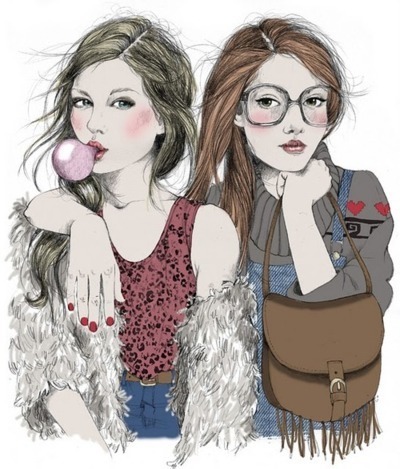Fashion is a general term for a popular style or practice, especially in clothing, foot wear, or accessories. "Fashion" refers to current trends in look and dress up of a person, as well as to prevailing styles in behavior. The more technical term, "costume," has become so linked in the public eye with the term "fashion" that the more general term "costume" has in popular use mostly been relegated to special senses like fancy dress or masquerade wear, while the term "fashion" means clothing generally, and the study of it.

The fashion industry is a product of the modern age. Prior to the mid-19th century, most clothing was costume made. It was handmade for individuals, either as home production or on order from dressmakers and tailors.
By the beginning of the 20th century—with the rise of new technologies such as the sewing machine, the rise of global capitalism and the development of the factory system of production, and the proliferation of retail outlets such as department stores—clothing had increasingly come to be mass-produced in standard sizes and sold at fixed prices.
Although the fashion industry developed first in Europe and America, today it is an international and highly globalized industry, with clothing often designed in one country, manufactured in another, and sold world-wide.
For example, an American fashion company might source fabric in China and have the clothes manufactured in Vietnam, finished in Italy, and shipped to a warehouse in the United States for distribution to retail outlets internationally.
The fashion industry has long been one of the largest employers in the United States, and it remains so in the 21st century. However, employment declined considerably as production increasingly moved overseas, especially to China.
Because data on the fashion industry typically are reported for national economies and expressed in terms of the industry’s many separate sectors, aggregate figures for world production of textiles and clothing are difficult to obtain.
However, by any measure, the industry accounts for a significant share of world economic output.
The fashion industry consists of four levels: the production of raw materials, principally fibres and textiles but also leather and fur; the production of fashion goods by designers, manufacturers, contractors, and others; retail sales; and various forms of advertising and promotion. These levels consist of many separate but interdependent sectors, all of which are devoted to the goal of satisfying consumer demand for apparel under conditions that enable participants in the industry to operate at a profit.


 A fashion accessory is an item which is used to contribute, in a secondary manner, to the wearer's outfit The term came into use in the 19th century. Accessories are often used to complete an outfit and are chosen to specifically complement the wearer's look
A fashion accessory is an item which is used to contribute, in a secondary manner, to the wearer's outfit The term came into use in the 19th century. Accessories are often used to complete an outfit and are chosen to specifically complement the wearer's lookFashion accessories are categorized into two areas: those that are carried and those that are worn. Carried accessories include canes, handfans, swords, handbags, parasols and umbrellas. . Accessories that are worn may include boots and shoes, cravats, ties, hats, gloves, muffs, jewellery, watches, etc

No comments:
Post a Comment